The Indian sculptor Ranjani Shettar combines natural and industrial materials to create large-scale immersive environments that explore India’s threatened rural landscapes. ‘If through my artworks I can cultivate an appreciation of nature, then I have done my job,’ she has said of her practice. Her site-specific installation for the Conservatory at the Barbican Centre, London (opening on 10 September) takes the form of a series of suspended sculptures inspired by the 1,500 species of plants and trees housed in the conservatory and created using techniques adapted from traditional Indian crafts.
Where is your studio?
I live and work in the south of India, in a remote village about 400km away from the city of Bangalore. I have a studio in the city as well, but the rural studio is my main one: it’s 100 steps from my house, which means I can go work at any time of the day.
How would you describe its atmosphere?
There are agricultural fields and forest around where I live. The geography and landscape of India are changing a lot, but still, I live in a green place. It’s nice to be surrounded by trees, to wake up fresh with the sun and to start work early. India is going through a huge time of flux at the moment, but I’m happy I’m able to keep my little oasis.
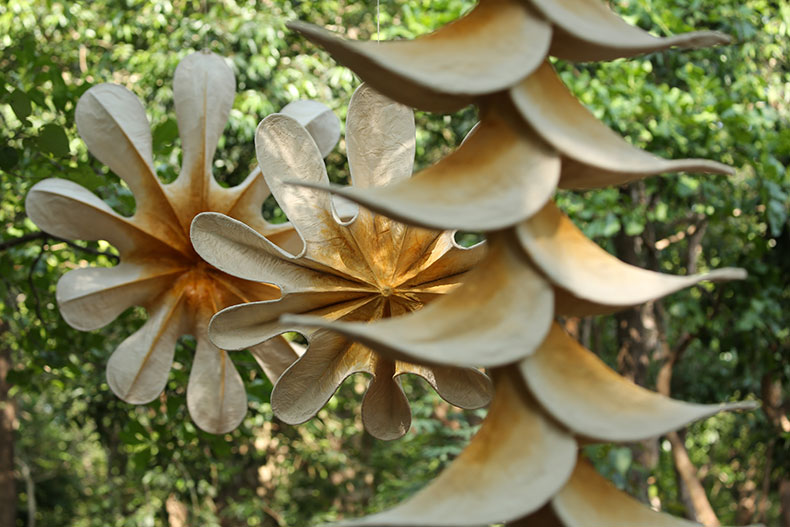
Cloud songs on the horizon (detail; 2023), Ranjani Shettar. Courtesy Talwar Gallery, New York/New Delhi; © the artist
Does anything frustrate you about the space?
Well, because I’m in a remote place there are regular power cuts and it rains a lot – for almost five months a year! Many things become challenging during the monsoon season, especially art materials. From a Western perspective, [those working conditions] are probably unthinkable. But I could choose to live in a city where there is power and less rain or I can live in the countryside where I have more space.
Do you follow a specific routine when you’re in the studio?
I’m a morning person. I usually wake up with the sun and go to bed when it is dark. I go to the studio when I wake up but that’s mostly to do my exercises and to align my thoughts, to think about what I’m going to be working on or the problem-solving that I have to do that day. I go home for breakfast and then I’m back in the studio at around 9 o’clock. I also go home for lunch. I usually work until around 6:30 in the evening, but if there’s a show coming up, I go back again after dinner.

Ranjani Shettar. Courtesy Talwar Gallery, New York/New Delhi; © the artist
What do you listen to while you work?
For me, listening, whether to music or podcasts, is a very active process – so I find it hard to put art-making and listening together unless I’m at a stage of work where I don’t have anything to figure out.
What’s the most unusual object in your studio?
I don’t hoard. I don’t place sentimental value in things, so I get rid of them very easily. My studio is really blank – I like an empty canvas. I don’t keep my own works or anyone else’s – they’re all in the books in the cupboard.
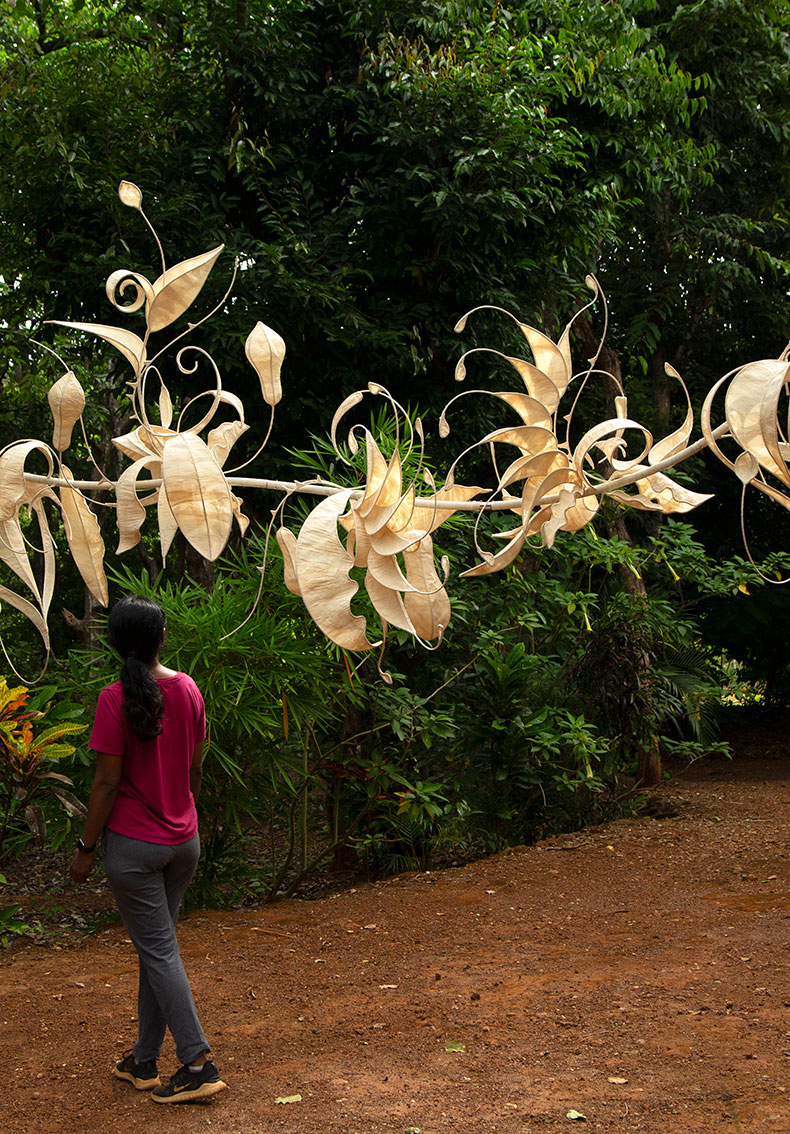
A work in process by Ranjani Shettar. Courtesy Talwar Gallery, New York/New Delhi; © the artist
What’s your most well-thumbed book?
I like to collect artist monographs and I love to go through them, they’re equal to going to a solo exhibition. But I keep all sorts of books: for the Barbican show I was reading botanical books and looking at different kinds of trees, flowers and plants.
Who’s the most interesting visitor you’ve had in the studio?
That’s a very hard question. I rarely have visitors because I’m so far removed. I have curators who come by occasionally, family, or local villagers who want to visit out of curiosity. It’s a different kind of engagement with different people. It’s always very satisfying when I get to share my artworks with people who respond to it like the curators, but it’s rare that I have visitors and I also like to protect my space.
‘Cloud songs on the horizon’ is at the Conservatory at the Barbican Centre, London from 10 September until 1 October.
Unlimited access from just $16 every 3 months
Subscribe to get unlimited and exclusive access to the top art stories, interviews and exhibition reviews.

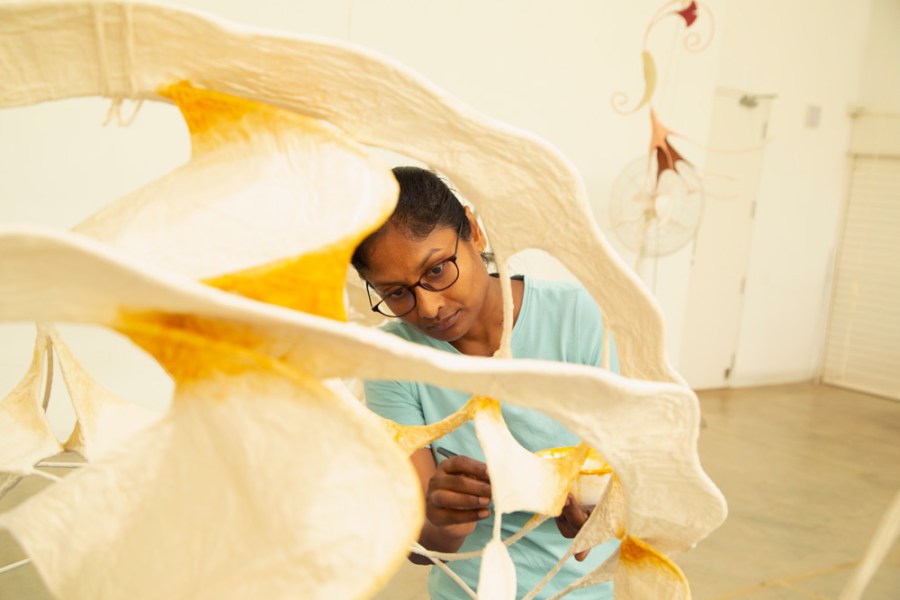
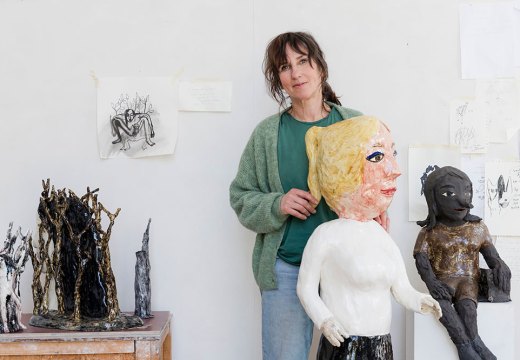
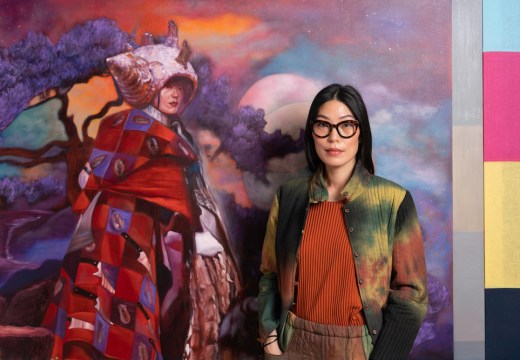
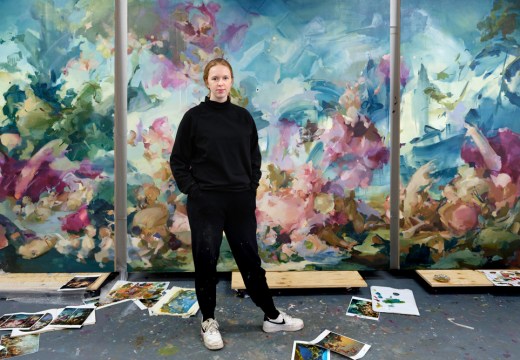









![Masterpiece [Re]discovery 2022. Photo: Ben Fisher Photography, courtesy of Masterpiece London](http://www.apollo-magazine.com/wp-content/uploads/2022/07/MPL2022_4263.jpg)
Has arts punditry become a perk for politicos?